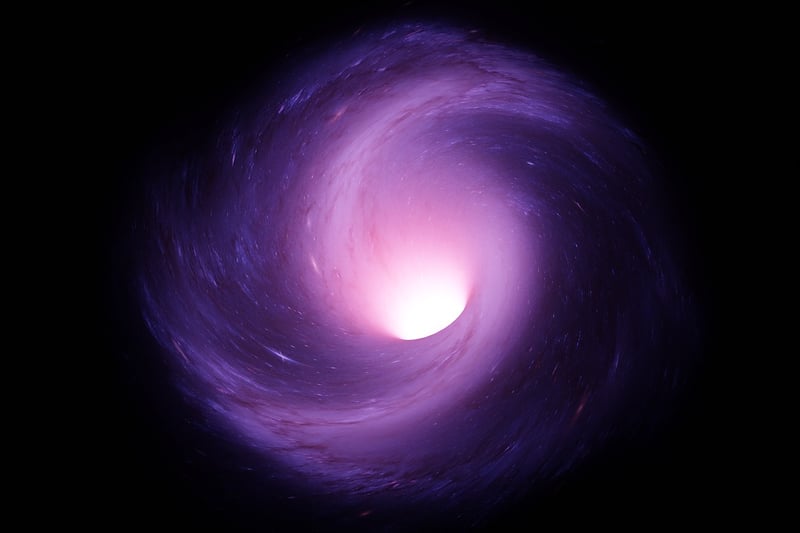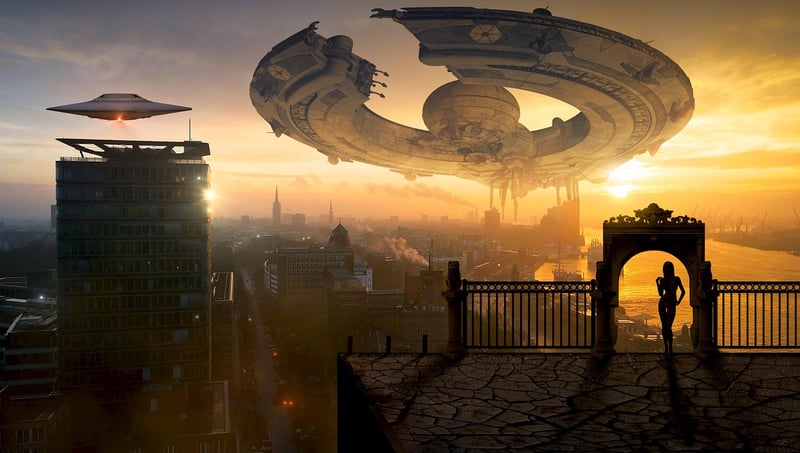Wormholes
The Science Behind Time Travel and Wormholes
Time travel has been a popular concept in science fiction for decades, captivating audiences with its potential to explore the past, future, or alternate realities. While time travel remains a theoretical possibility in the realm of physics, scientists have been exploring various theories, including the concept of wormholes, to understand the fundamental principles behind it.
Understanding Time Travel
According to the theory of relativity proposed by Albert Einstein, time is relative and can be influenced by gravity and speed. This theory forms the basis for the concept of time dilation, where time passes at different rates for observers in different conditions.
Wormholes: Gateways Through Spacetime
Wormholes are theoretical passages through spacetime that could create shortcuts for long journeys across the universe. These tunnels, also known as Einstein-Rosen bridges, are hypothesized to connect two separate points in spacetime, potentially allowing for instantaneous travel between them.
The Alcubierre Drive
Another intriguing concept related to faster-than-light travel is the Alcubierre drive, proposed by physicist Miguel Alcubierre. This theoretical idea involves the manipulation of spacetime to create a warp bubble that could propel a spacecraft faster than the speed of light.
Challenges and Considerations
While the idea of time travel and wormholes sparks imagination, significant challenges remain. The energy requirements for creating and stabilizing a wormhole, the potential for paradoxes like the grandfather paradox, and the lack of experimental evidence pose considerable obstacles to realizing these concepts.
Conclusion
Time travel and wormholes represent fascinating areas of theoretical physics that continue to intrigue scientists and enthusiasts alike. While the practical realization of these concepts remains uncertain, ongoing research and exploration push the boundaries of our understanding of the universe and the nature of spacetime.


